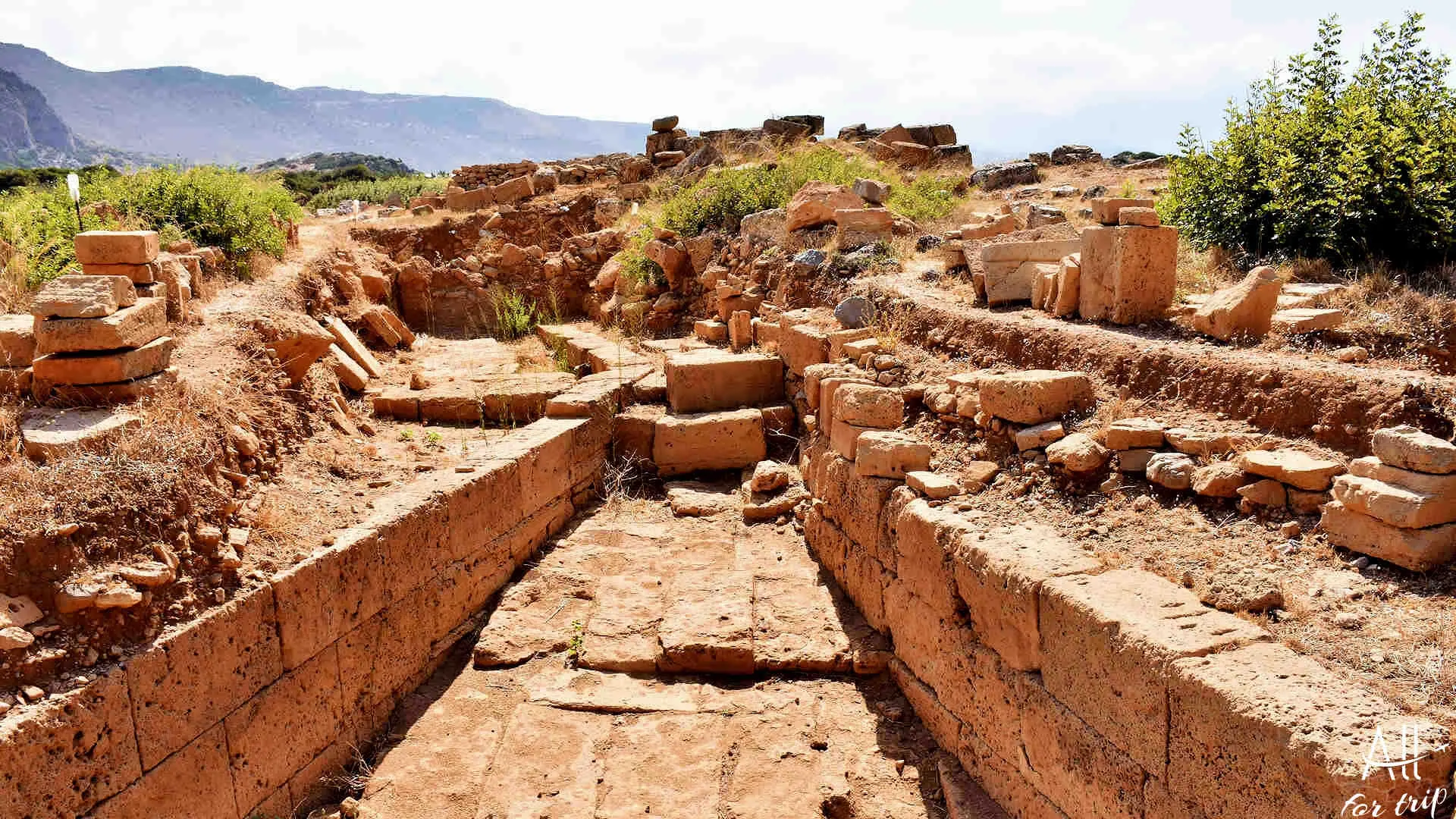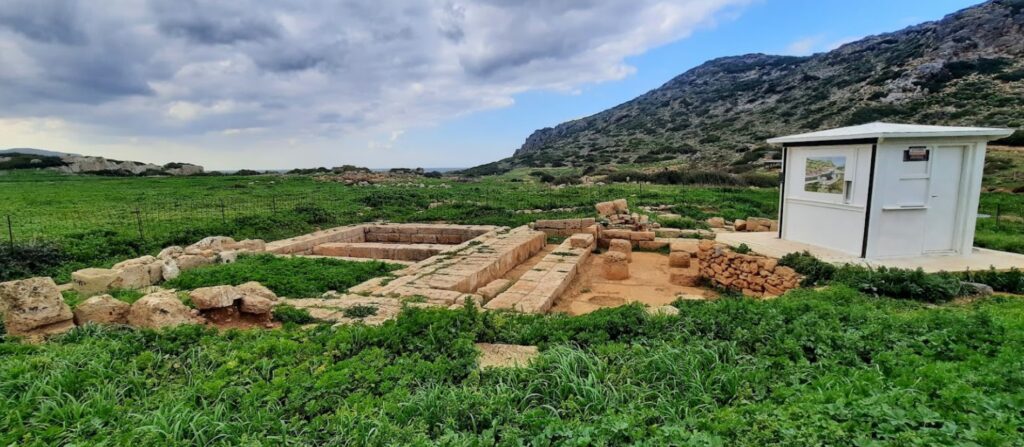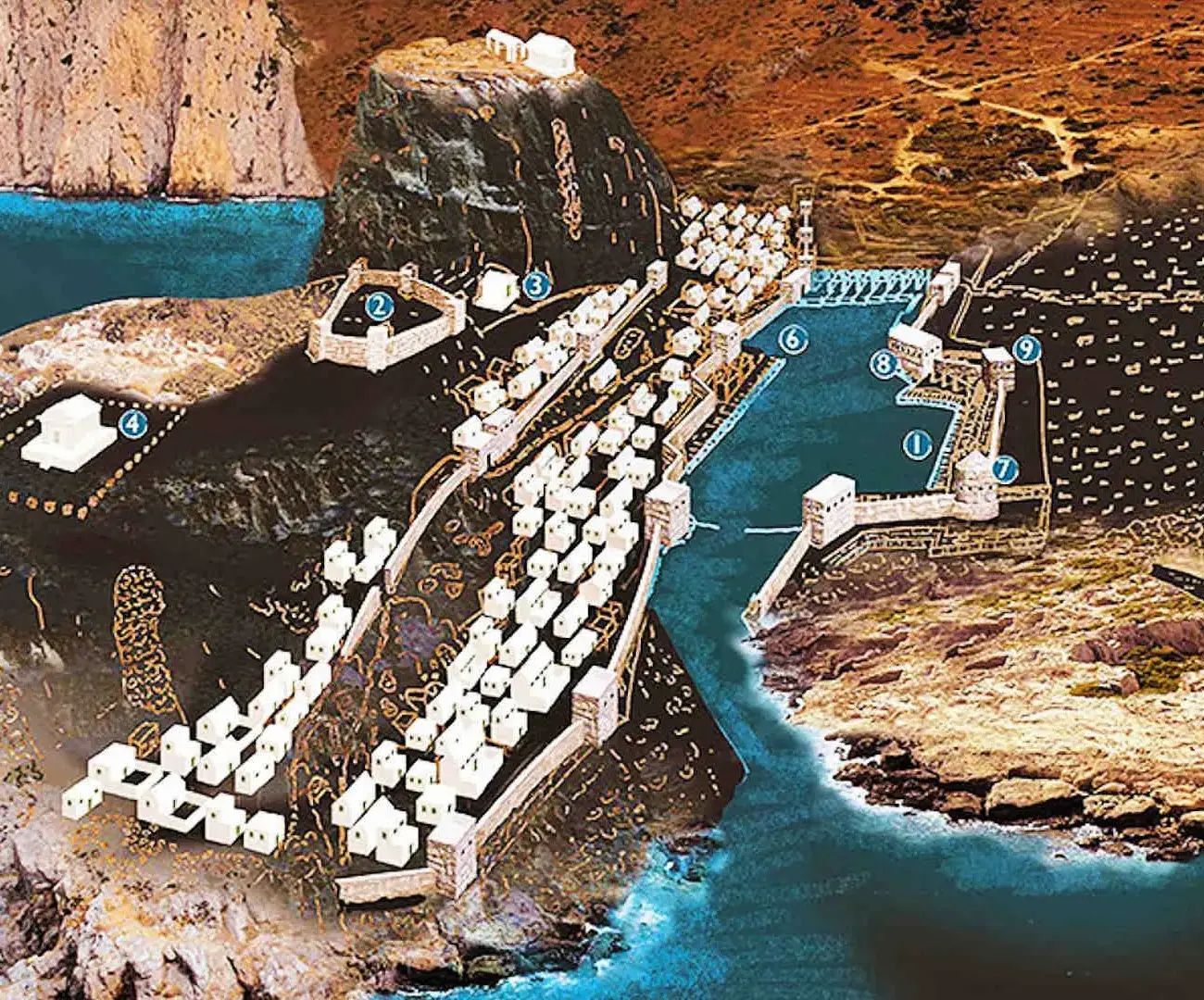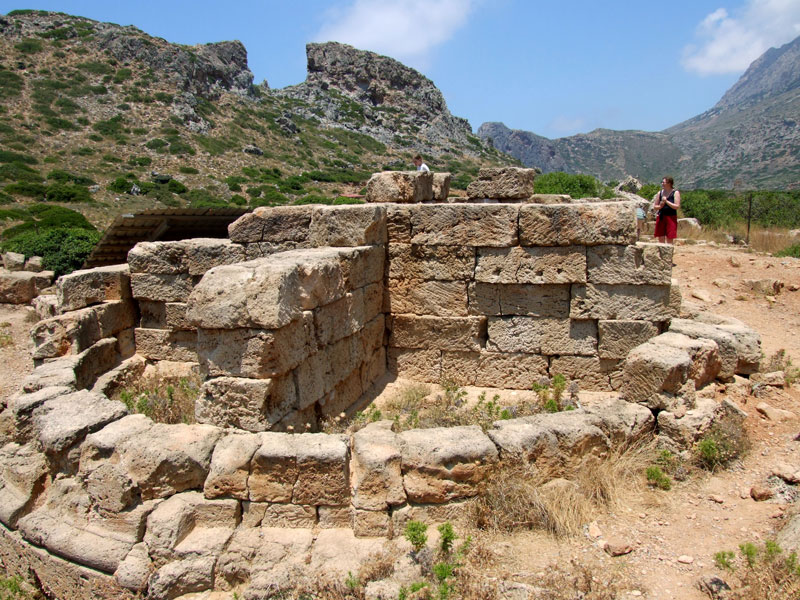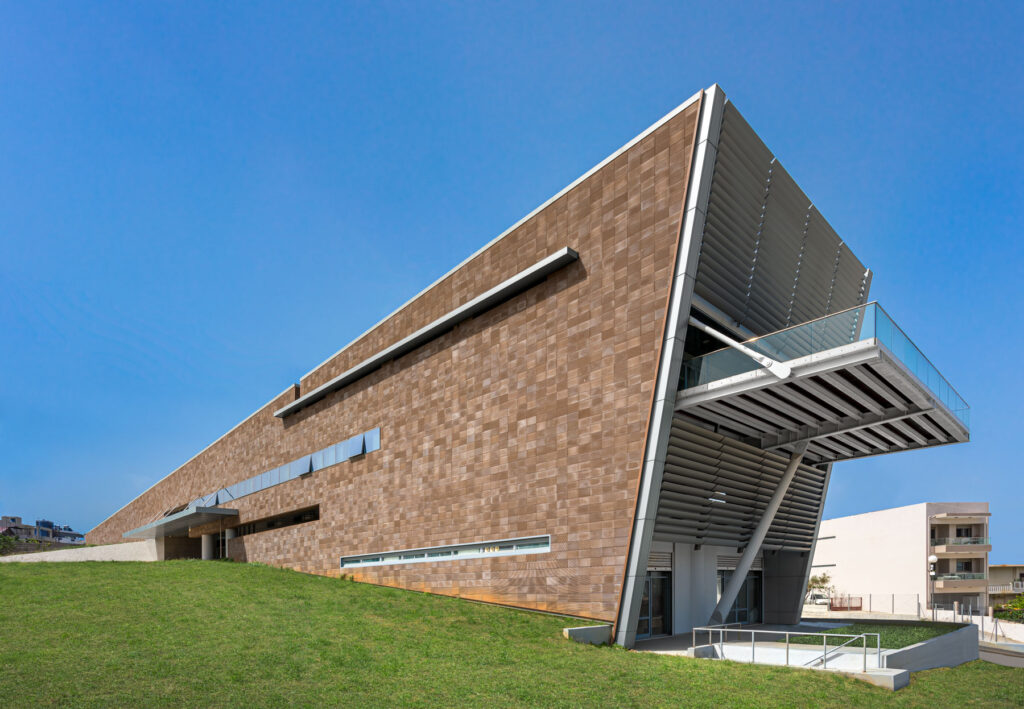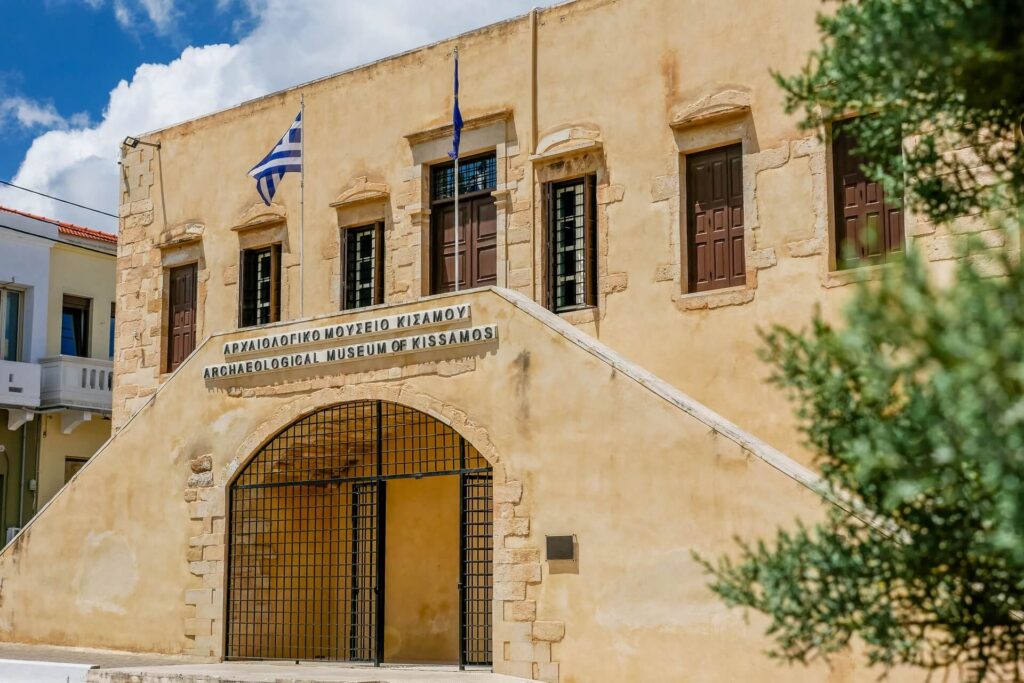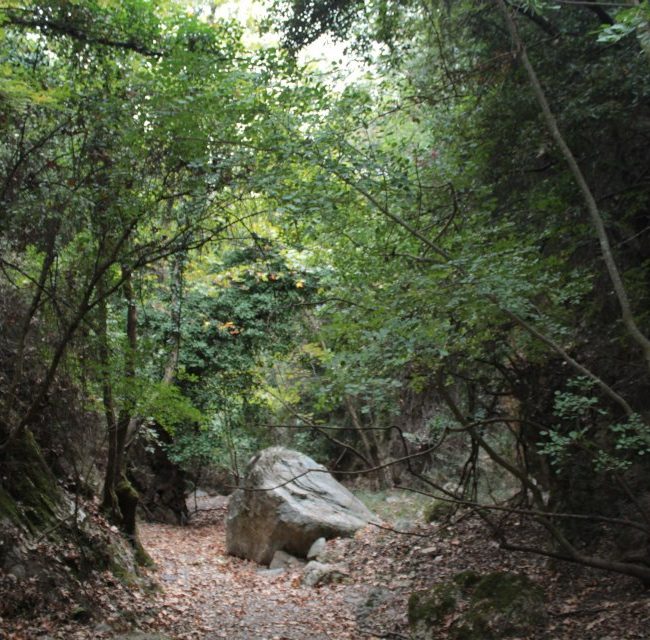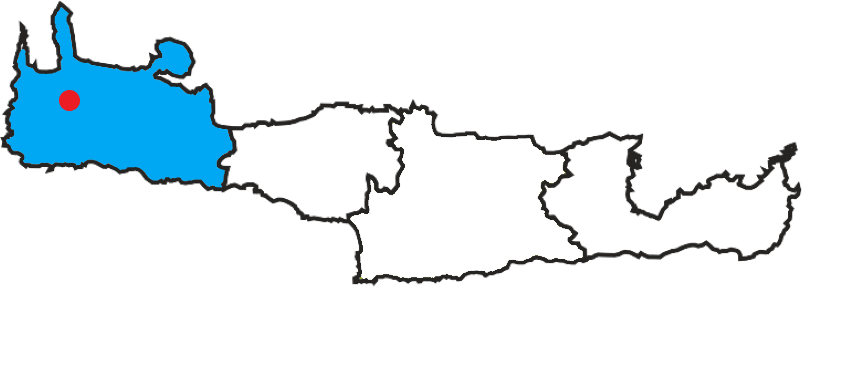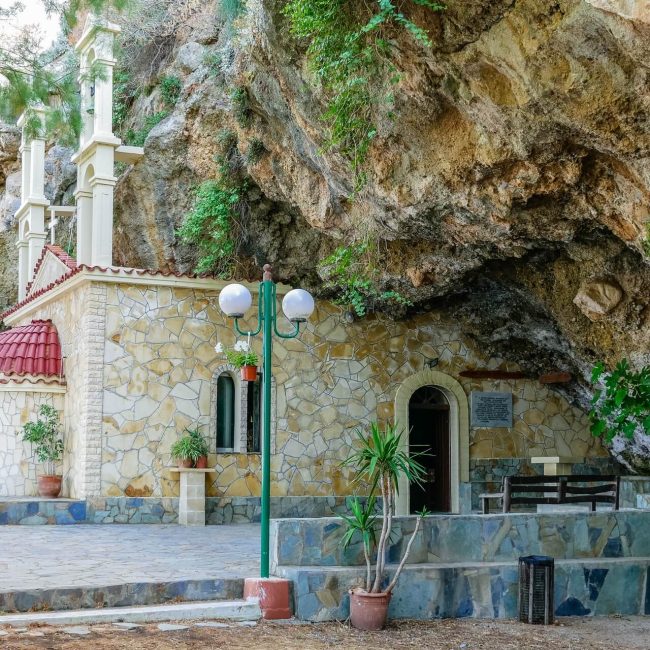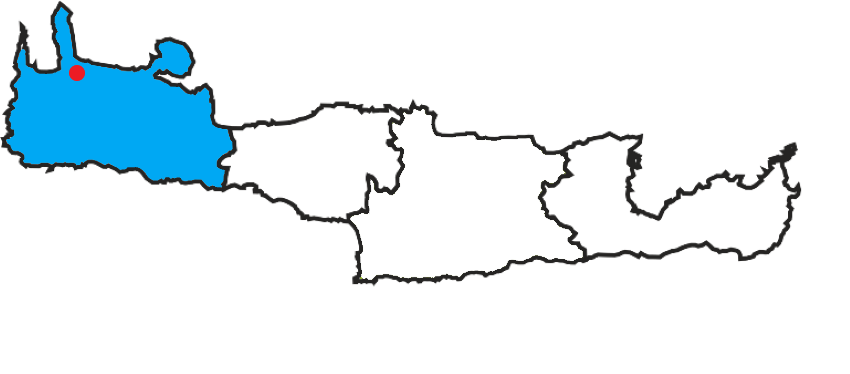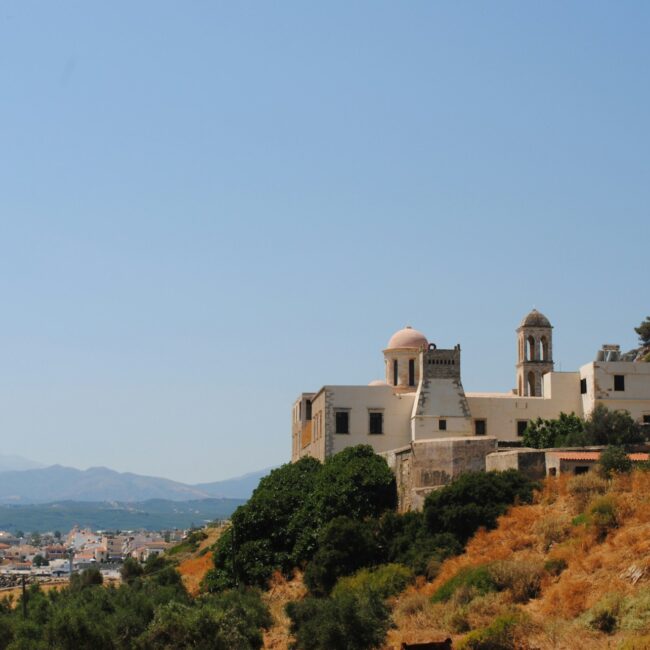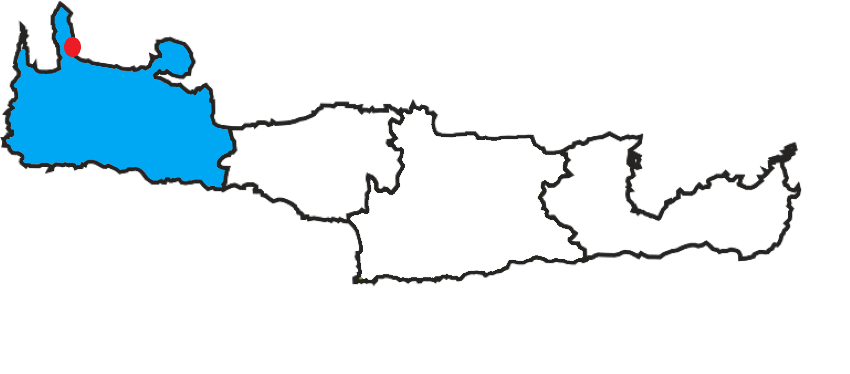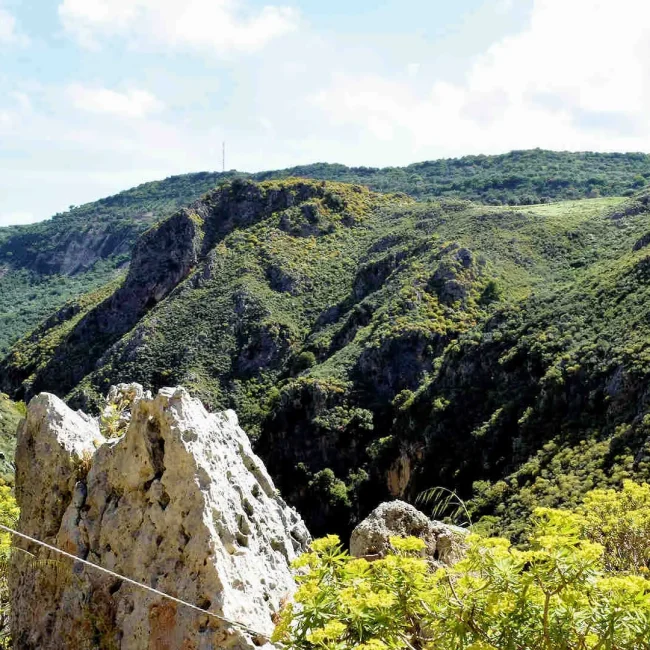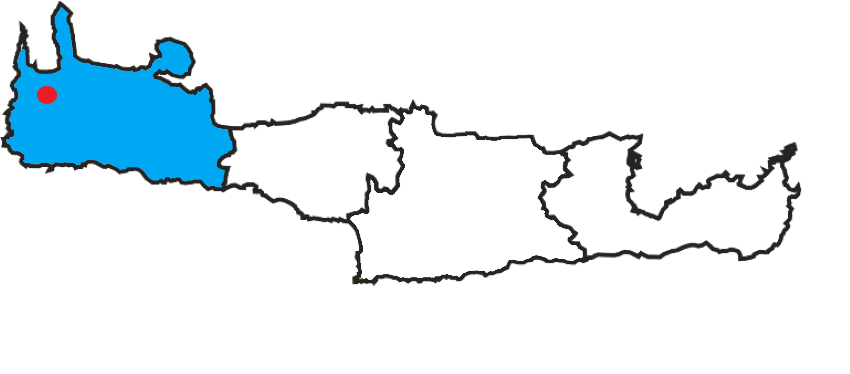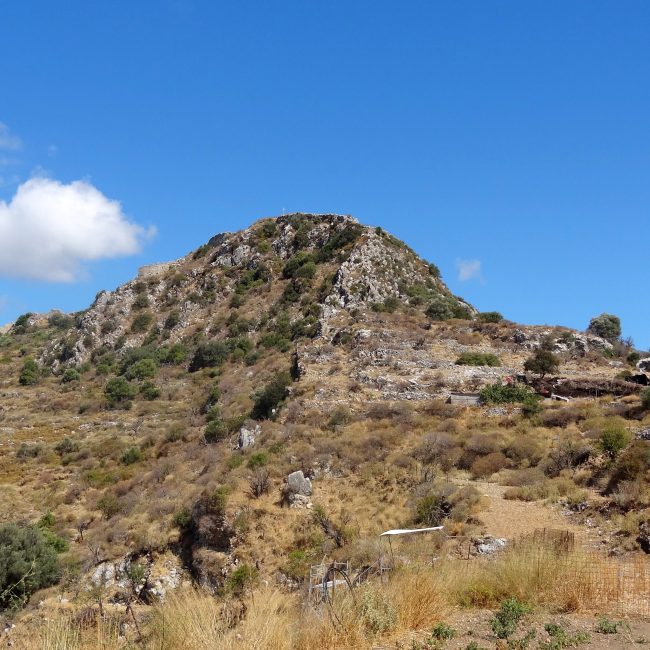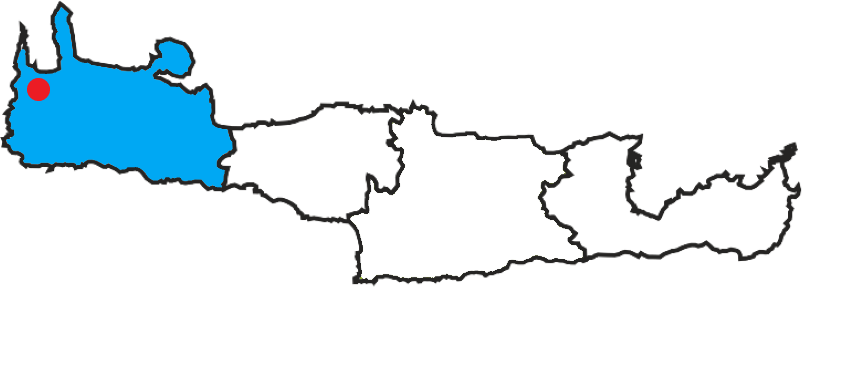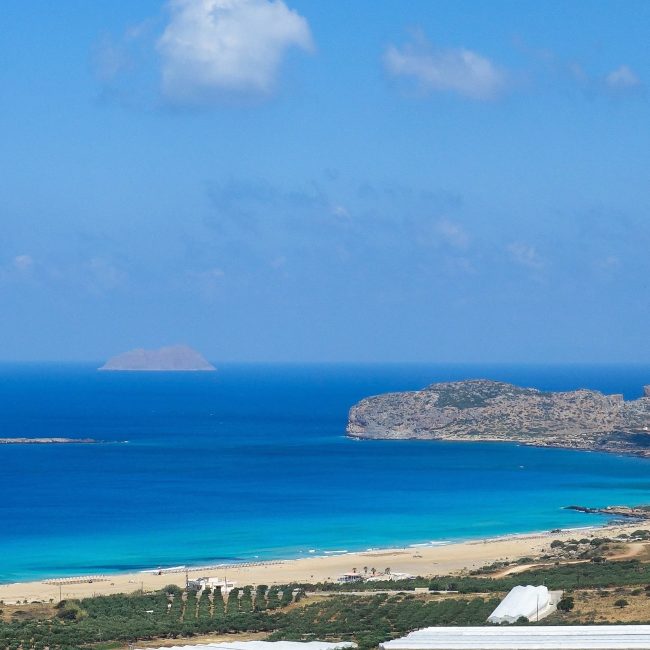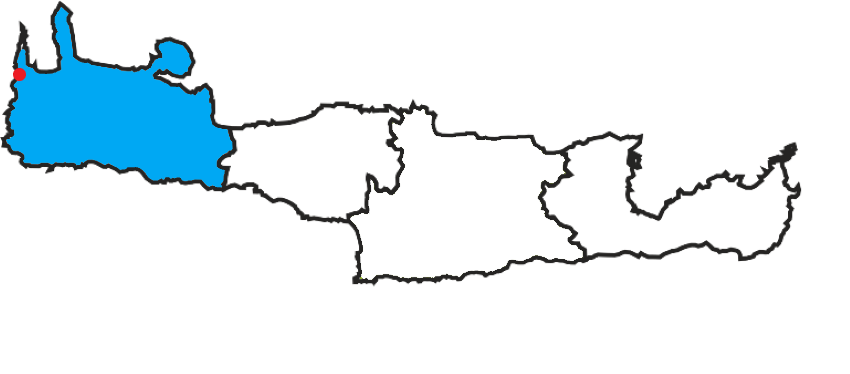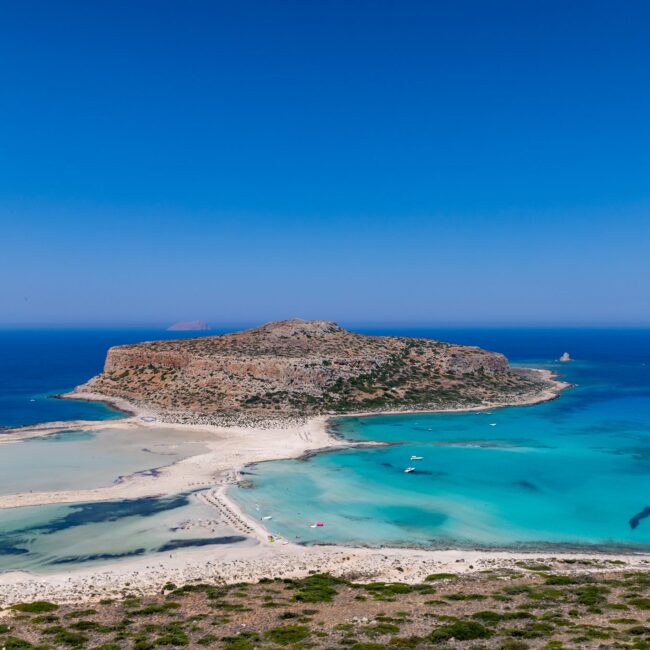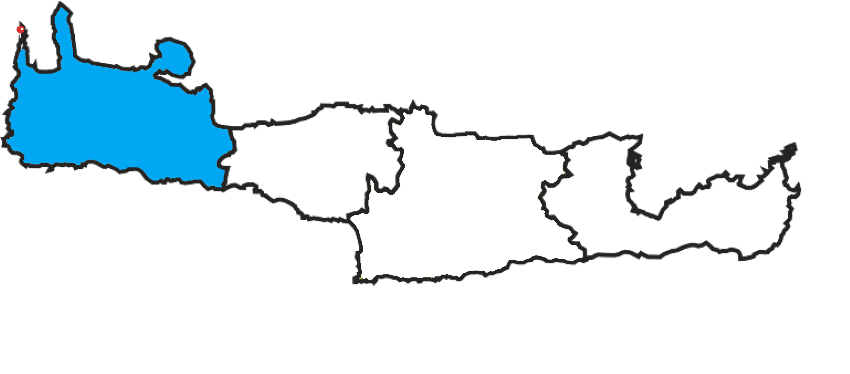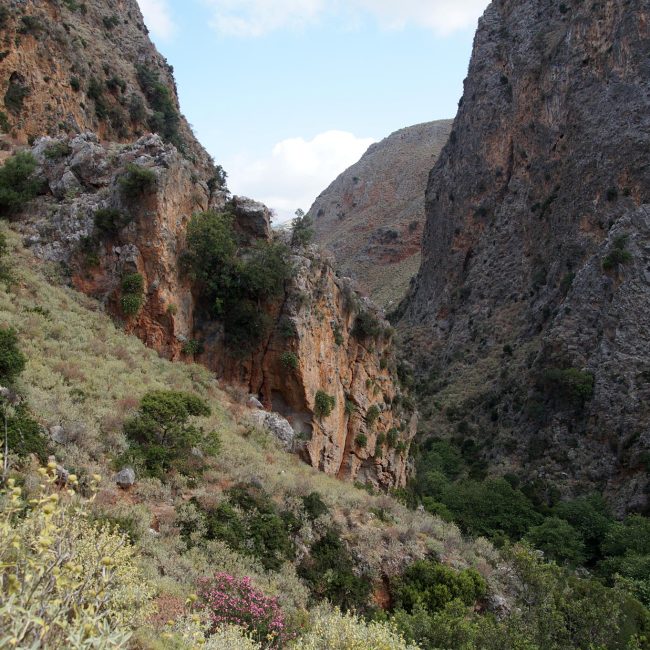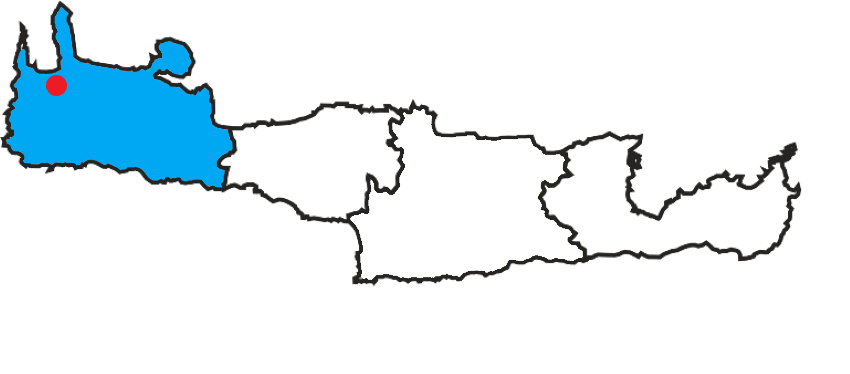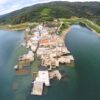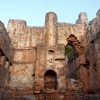Ancient Falassarna
Ancient Falassarna: A Glimpse into Crete's Illustrious Past
The ancient city of Falassarna, located on the northwest coast of the beautiful island of Crete, has long piqued the interest of history buffs and travelers alike. This archeological gem, steeped in a rich tapestry of history, offers a glimpse into the past and takes tourists on a mesmerizing trip through time. This article will look at the history and significance of Ancient Falassarna, as well as the mysteries that make this archeological site so fascinating.
Historical Background and significanse
Ancient Falassarna was founded in the fourth century BC and swiftly became a significant commercial and cultural hub. The city was strategically placed on Crete’s western shore and served as a significant commercial port with other Mediterranean countries. Its location also made it a significant agricultural hub, with large olive groves and vineyards producing wine and olive oil, all of which were highly valued in the ancient world.
It was known as Korikos in ancient times, and the name Falassarna was presumably derived from the local nymph Falasarni. Polirinia, the region’s competitor, managed to turn Falassarna into its harbor after 100 years of conflict (186 BC).
The ancient city
Ancient Falassarna was a vibrant metropolis with a population of roughly 30,000 people in its prime.
The city was famous for its beautiful harbor, which was guarded by four large stone towers, with only two of them being identified, and traces of powerful walls have been found.
The harbor could accommodate huge ships (like Triremes) and served as an important hub for cargo shipping throughout the Mediterranean.
Nowadays, the port is elevated by nine meters due to an earthquake centuries ago.
The acropolis
Falassarna’s crowning jewel is the acropolis, positioned on a mountaintop and affording spectacular panoramic views of the surrounding area.
This acropolis originally contained significant temples and public structures, leaving foundations and artifacts that provide insight into the city’s religious and civic life.
Archeologists have indeed discovered parts of structures, including the acropolis overlooking the port at Falassarna, a temple devoted to Demetra, and a chthonic goddess.
Furthermore, a cemetery with 43 ancient tombs has been discovered east of the port.
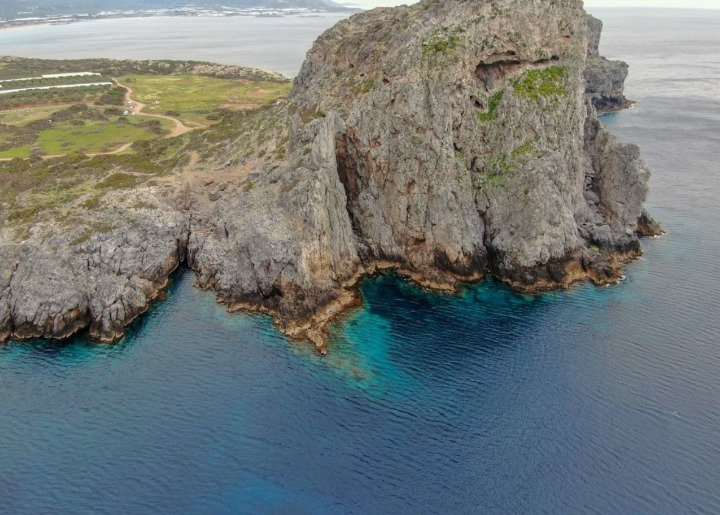
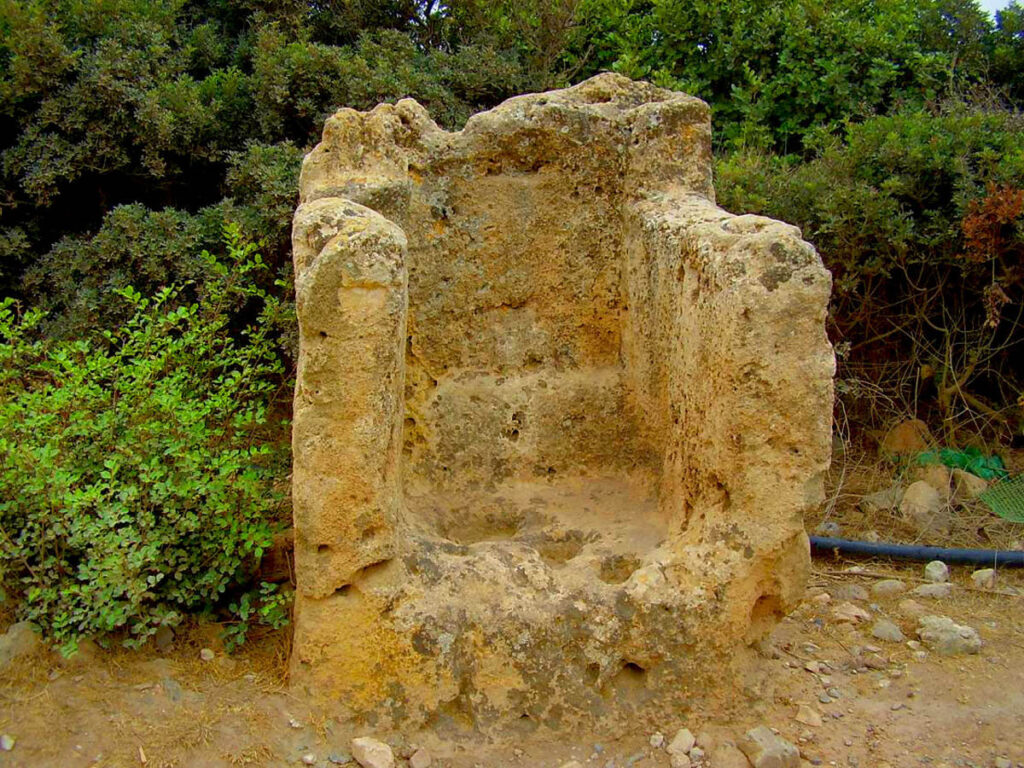
a cultural hub
Apart from its economic significance, Ancient Falassarna was also a cultural and educational center.
The city was recognized for its schools of philosophy and rhetoric, and it was home to a number of important philosophers and poets.
In addition, a carved throne, perhaps dedicated to the deity of the sea, Poseidon, or merely a throne for speakers, has also been discovered within walking distance of the village.
The remains of Ancient Falassarna stand as a witness to the city’s rich history and relevance in the region today.
Post-Minoan Era
Despite its significance, Ancient Falassarna was devastated by a series of disastrous earthquakes in the second century AD.
The city was largely devastated, and the people who lived there fled to other areas of the island.
It is believed that Falassarna was a refuge for pirates. This forced the Romans to destroy the city in 69 BC and seal the port forever.
The town since then could not recover and regain its former glory, thus it was abandoned.
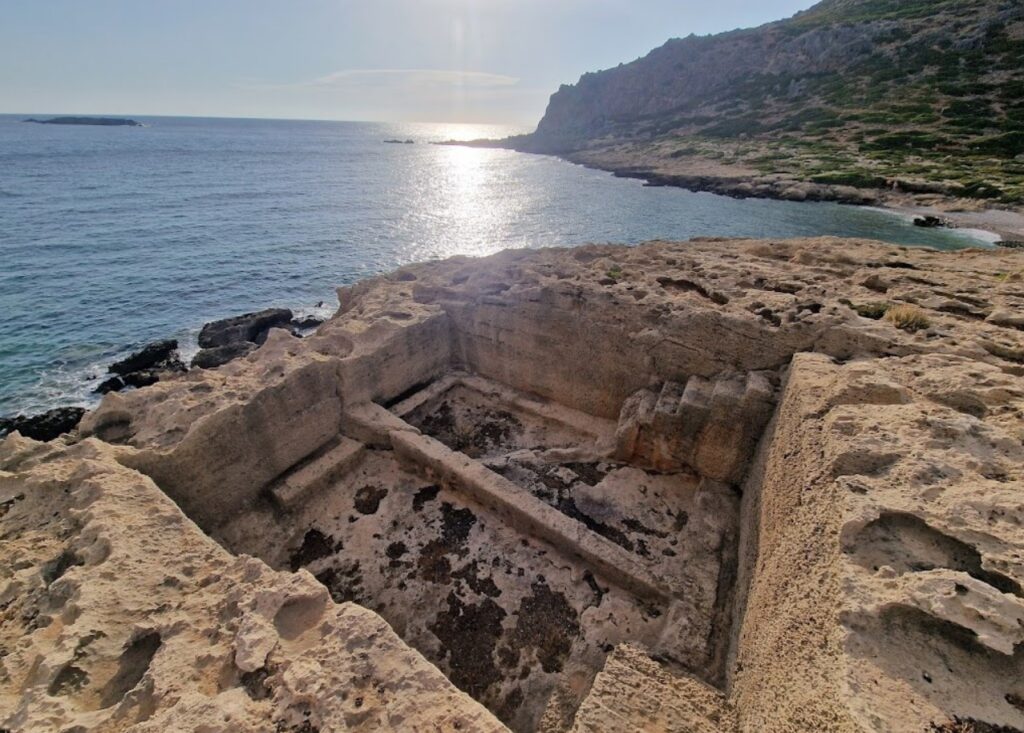
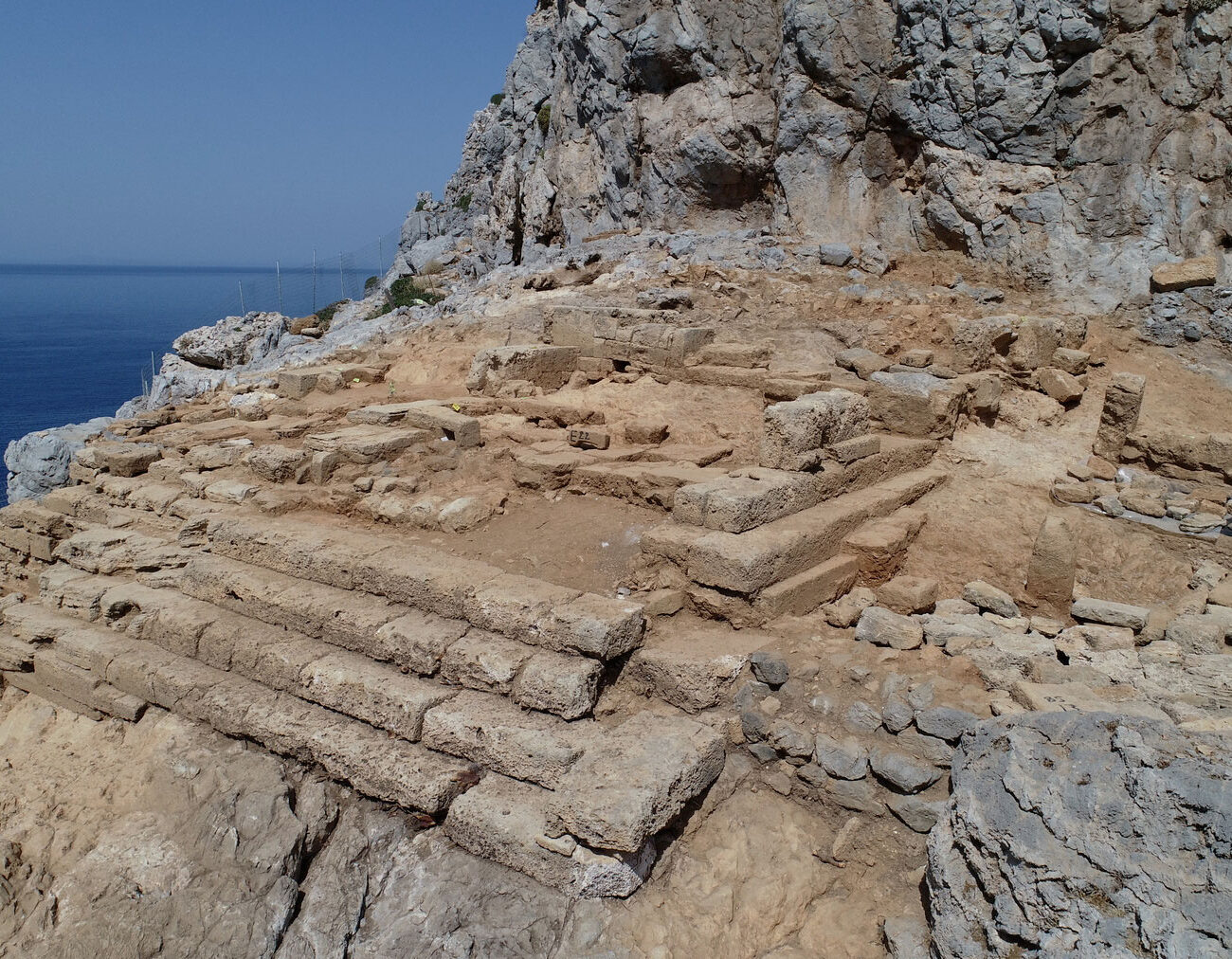
Archeological Excavations
Numerous archeological excavations have taken place in Falassarna, unearthing pottery, coins, and other items that provide insights into its occupants’ daily lives and culture.
Visitors can learn about these discoveries in local museums, which adds to the historical experience.
There are a couple hundred of these artifacts, and you can observe them at the Archeological Museum of Kissamos and the Archeological Museum of Chania.
You can find additional information about the museum just by following the links below!
Additional informations for the site
53,2 kms from Chania.
Usually visitors stay in this area up to 45 minutes.
Free Entrance
Summer 08:30-15:30 closed Monday and the Weekend
Winter 09:00 - 15:00 closed Monday and the Weekend
No Caffeteria or W.C.
Unfortunately there are no infrastructures for the handicap.
Phone Number: +30 2822 083308
No Available Wi - Fi.
nearby attractions
Falassarna Beach: Natural Beauty
Falassarna is well-known for its spectacular natural beauty, in addition to its historical riches. The area has a pristine coastline with crystal-clear waters and golden sandy beaches that are frequently listed as some of the greatest in the world. This one-of-a-kind combination of history and paradise makes it a great destination for people looking for cultural enrichment and leisure. So make sure to bring your beach equipment and combine a day at sea with your visit to the ancient city.
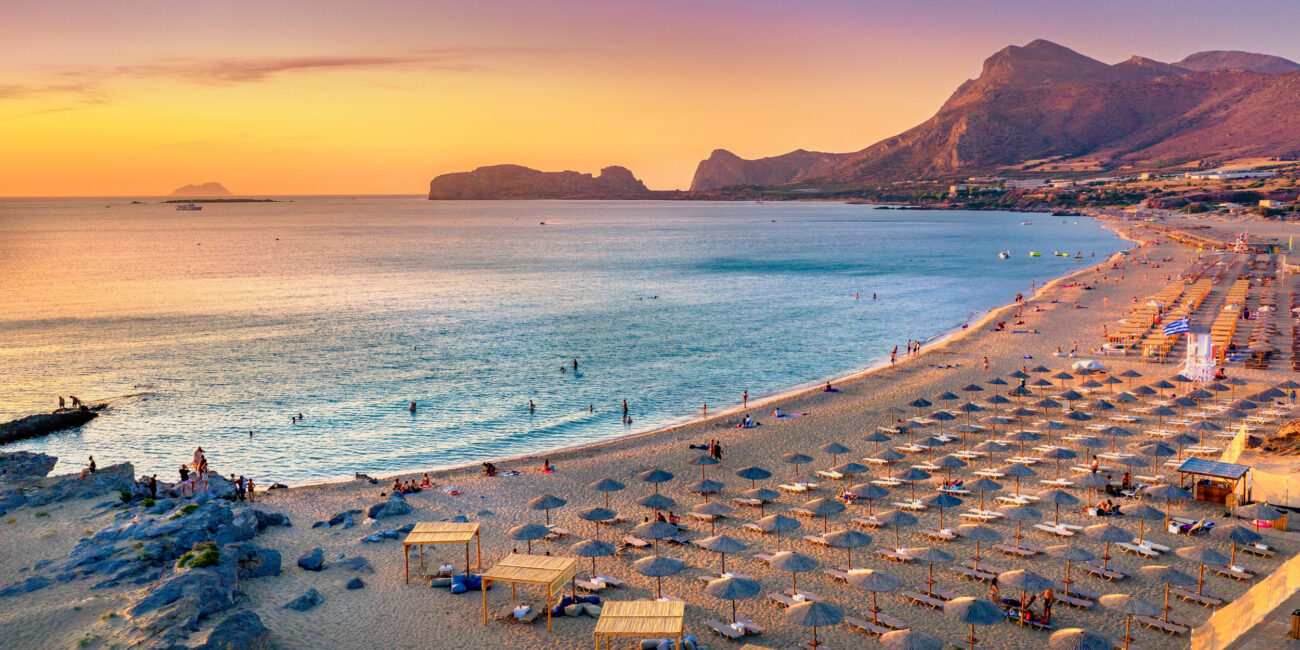
Poseidon's Throne
As said above, this stone Throne was dedicated to the Greek God of the seas, Poseidon. Its use must have been also for a speaker to preach to the people.
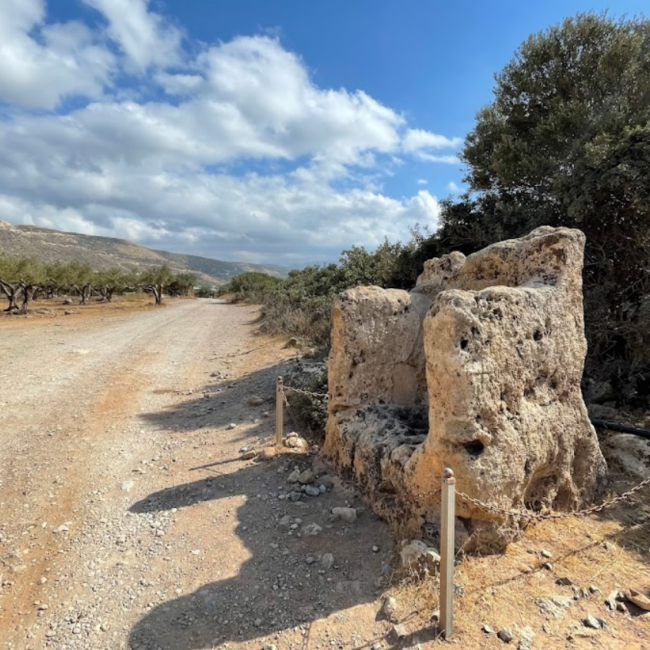
pirate ranch
This pirate ranch was use since ancient times from pirates in the region as a stop or a base of operations. It is located a bit further from the ancient city of Falassarna.
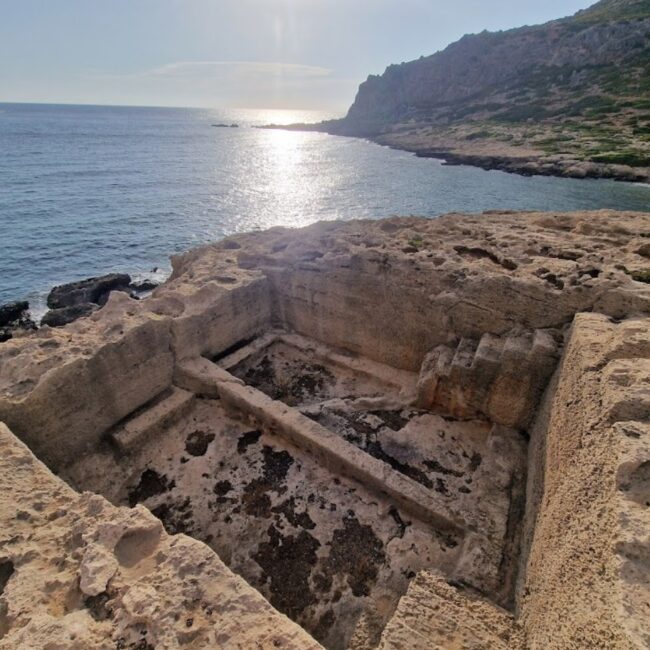
Agios Georgios Chapel (saint george)
This little stone- built chapel is dedicated to Agios Georgios (Saint George) and during his name day people come and celebrate with a feast.
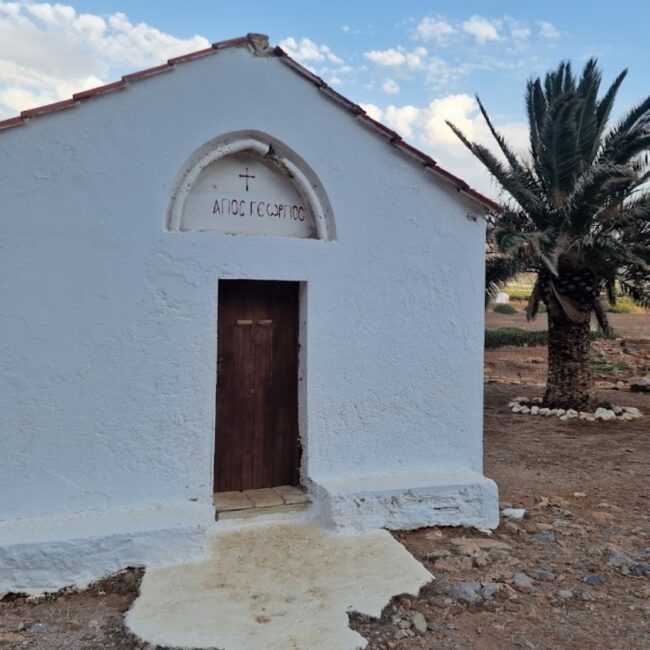
WWii shipwreck
This WWII shipwreck “the Forgotten Flotilla” was a prototype, British made, tank carrier which you can explore. We suggest to be cautious because the rocks are sharp nearby.
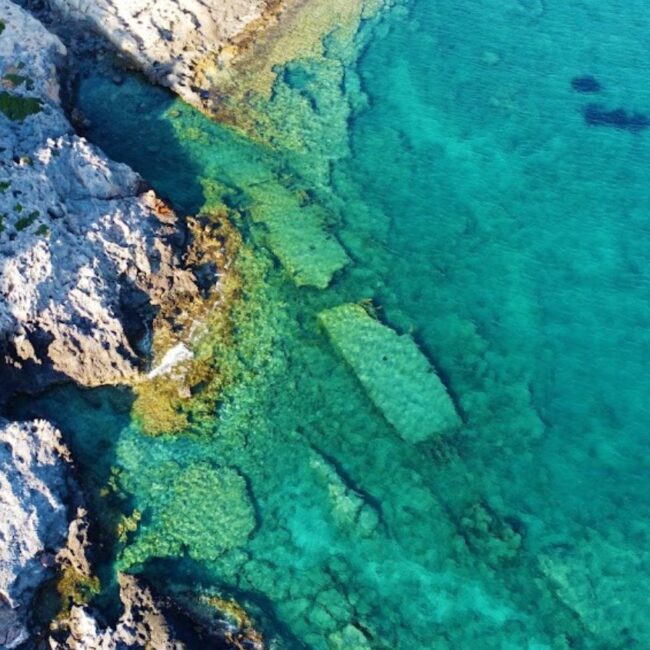
How to Get There
There are several ways to get to Ancient Falassarna from Chania:
Falassarna is located 59 kilometers from Chania.
Car: If you prefer to drive, follow the National Road from Chania to Kissamos. Continue on to Platanos and follow the signs to Falassarna after passing through Kastelli.
When you climb the hill above Falassarna, you will be able to see the beautiful long beach of Falassarna. It’s a 3-kilometer downhill trip down a fairly small, curving road, so be cautious, especially during peak season!
Bus: Take the bus from Chania to Falassarna. The journey takes around 1 hour and 30 minutes.
Conclusion
Falassarna is now not only a historical monument, but also a famous tourist attraction for visitors wishing to explore its rich legacy while enjoying the sun. The travel to this historic city is an unforgettable experience that allows you to connect with the timeless landscapes of Crete.
In short, Falassarna is a spot where history’s whispers and nature’s echoes collide, creating a captivating setting for exploration and discovery. This historic jewel invites you to explore its secrets and immerse yourself in a spellbinding voyage back in time, all set against the beautiful seaside beauty of Crete.
ADDITIONAL TIPS FOR AN ENJOYABLE VISIT TO ancient city of falassarna

Destinations near Ancient Falassarna
More options for nearby locations to plan your vacations better!



